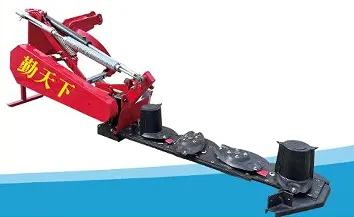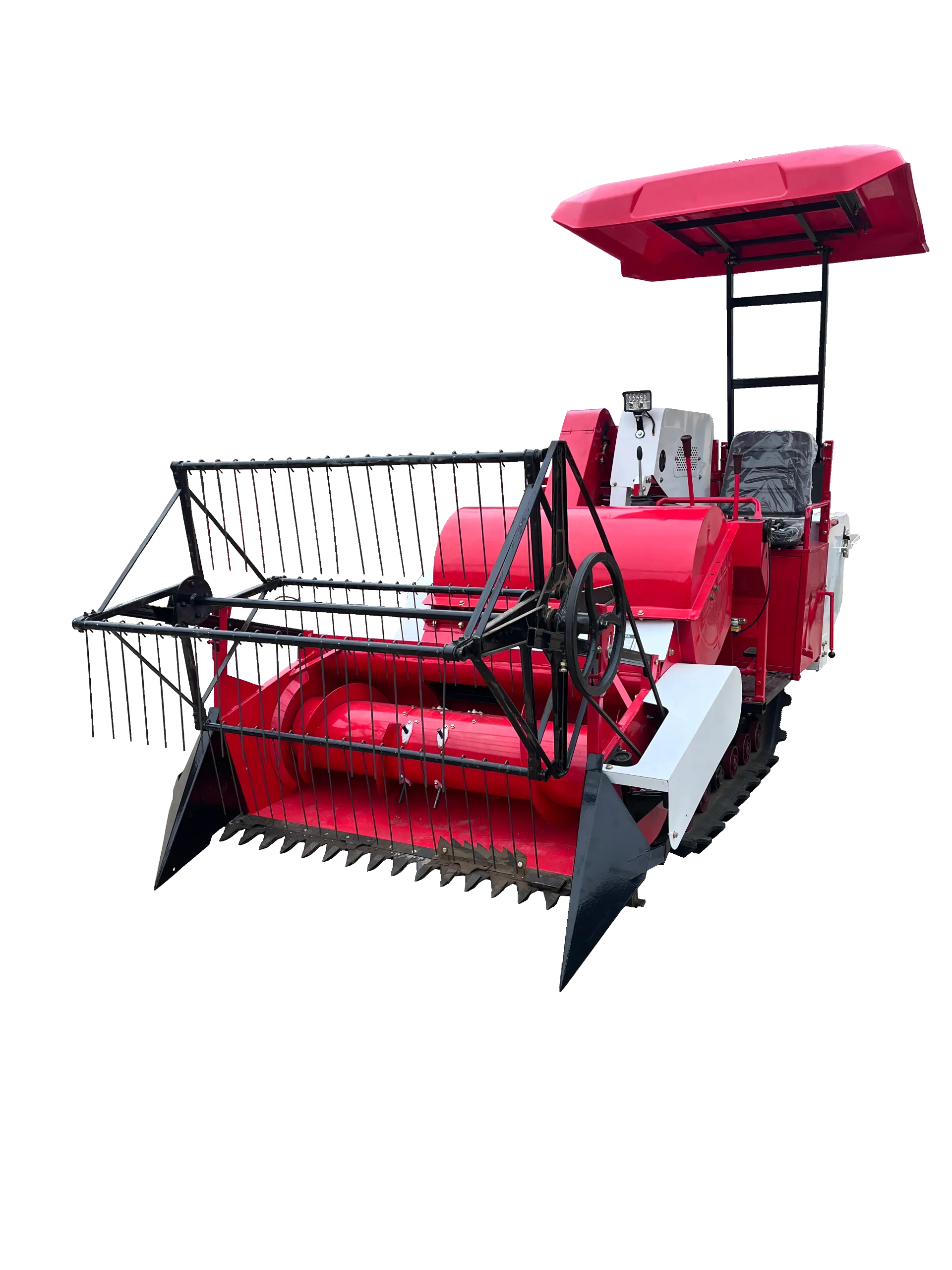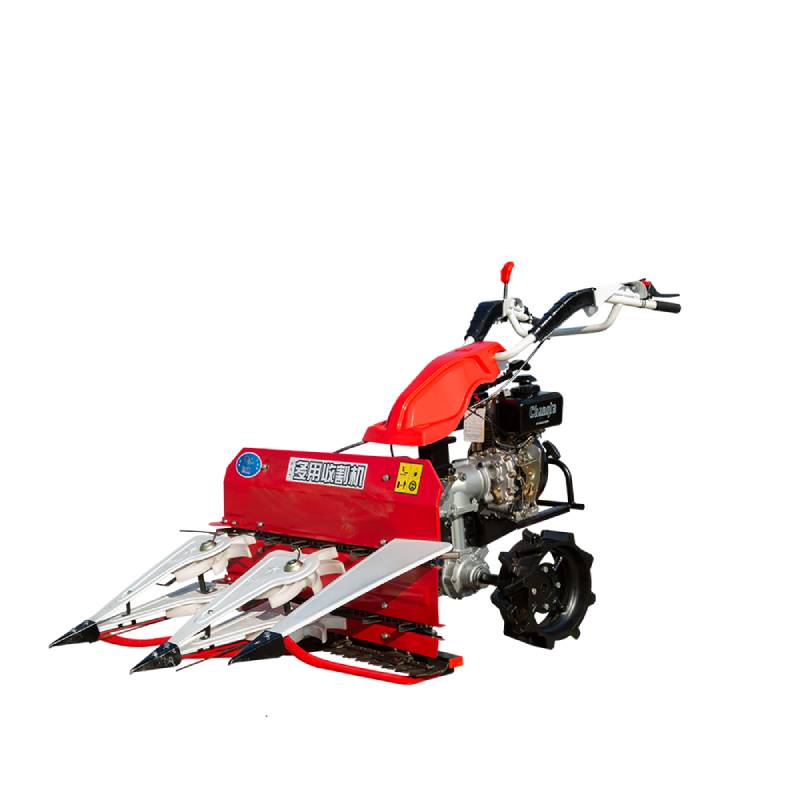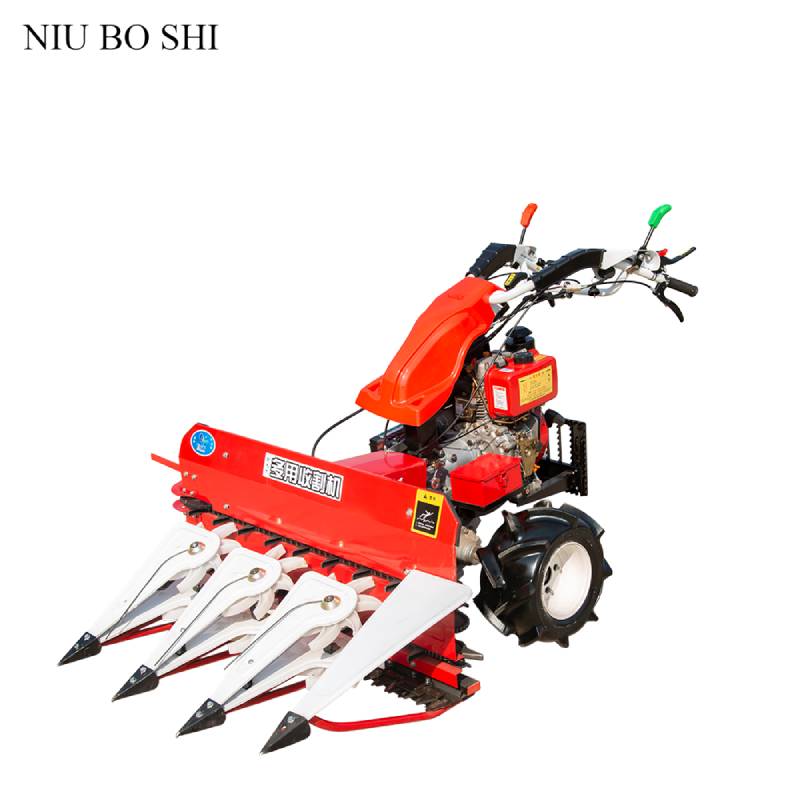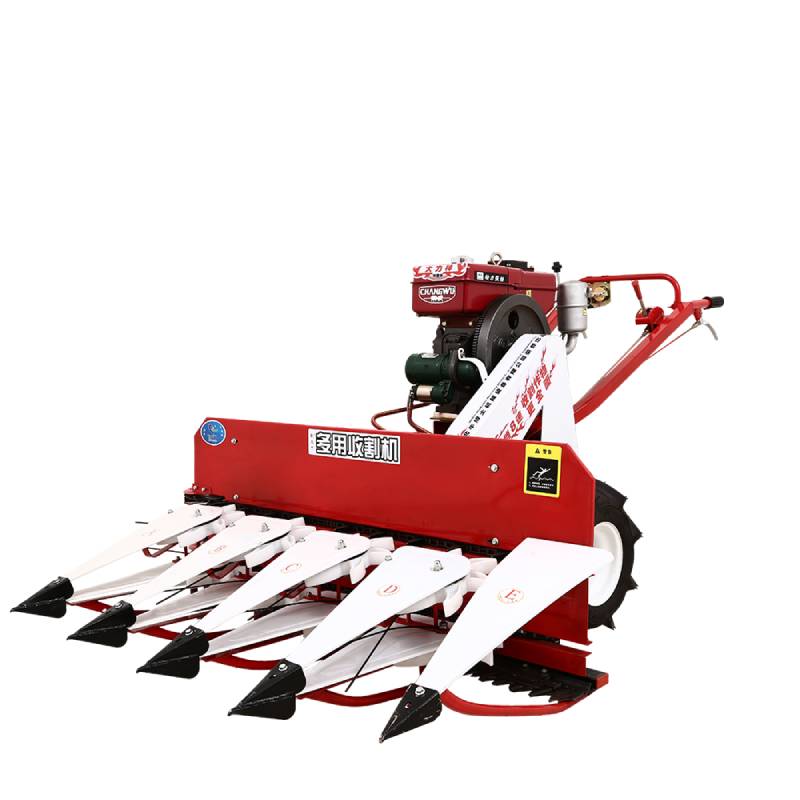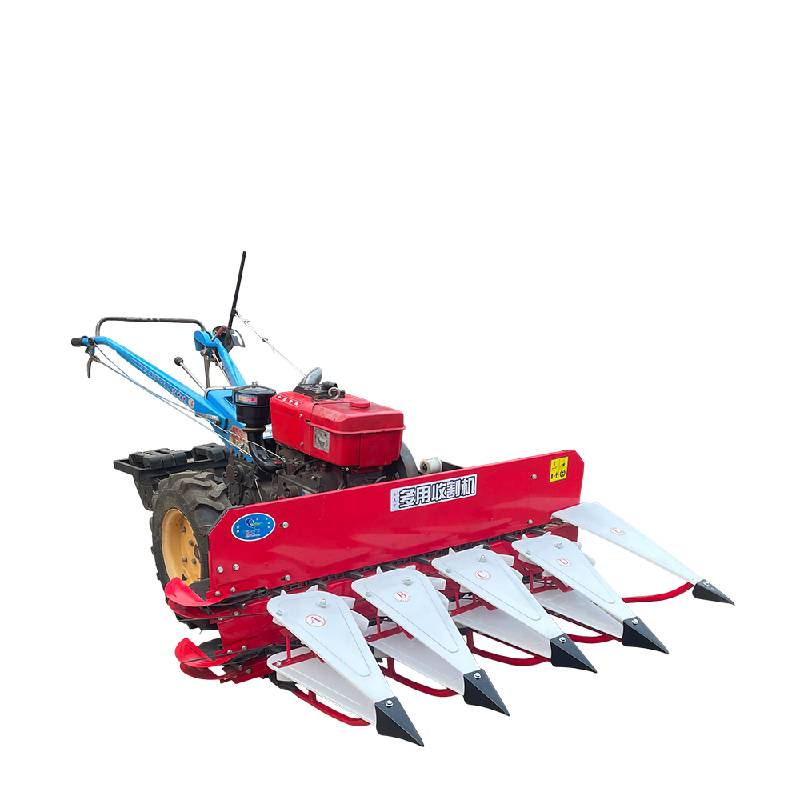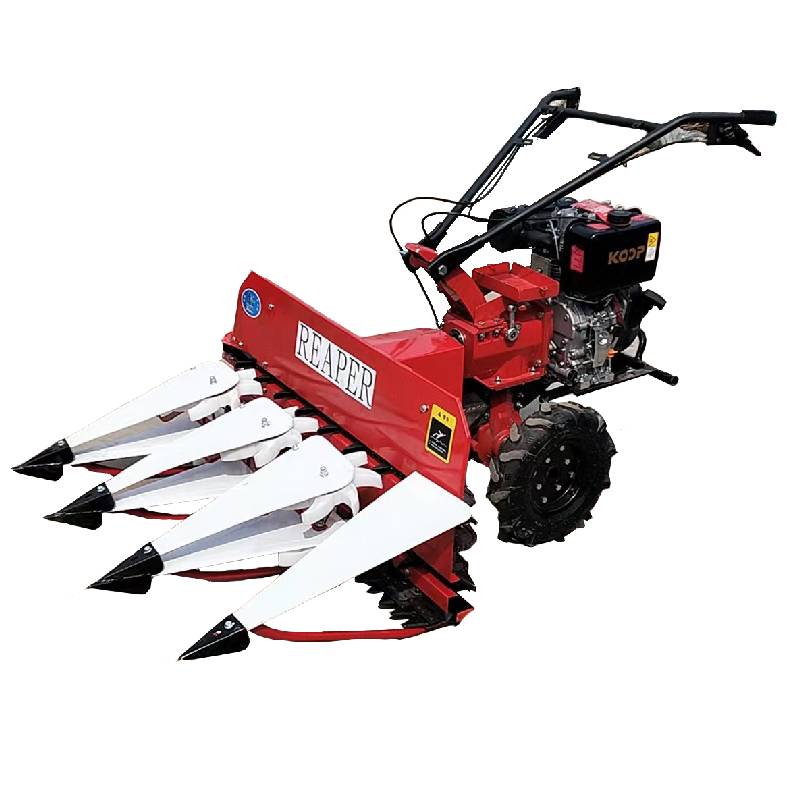Understanding the Current Market Prices for Fodder Harvesters in Agriculture Industry
Understanding the Price Trends of Fodder Harvesters
The agriculture sector is continually evolving, with modern machinery becoming integral to the efficiency and productivity of farming operations. One such essential piece of equipment is the fodder harvester, which plays a pivotal role in livestock farming by efficiently processing fodder for feeding animals. Understanding the price trends of fodder harvesters is crucial for farmers looking to invest in this technology.
What is a Fodder Harvester?
A fodder harvester is a machine designed to cut, chop, and collect forage crops such as grass, legumes, and other green plants. These harvesters help farmers manage and prepare animal feed quickly and efficiently. The need for high-quality, nutritious feed drives the demand for fodder harvesters, making them a vital investment for livestock producers.
Factors Influencing Fodder Harvester Prices
1. Technology Advancements As technology progresses, fodder harvesters are becoming more sophisticated. Features such as GPS navigation, automated systems, and enhanced cutting mechanisms improve efficiency and reduce labor costs. However, these technological advancements come at a higher price, which influences the overall cost of the equipment.
2. Market Demand The demand for fodder harvester machines significantly impacts their prices. During periods of increased livestock production, such as before calving or lambing seasons, farmers may rush to purchase these machines to ensure they have enough feed ready for their animals. This surge in demand can lead to price increases.
3. Raw Material Costs The prices of the raw materials used in manufacturing fodder harvesters—such as steel, plastics, and electronic components—also influence the final price of the equipment. Global supply chain disruptions or fluctuations in commodity prices can result in increases in production costs, which are often passed on to consumers.
fodder harvester price
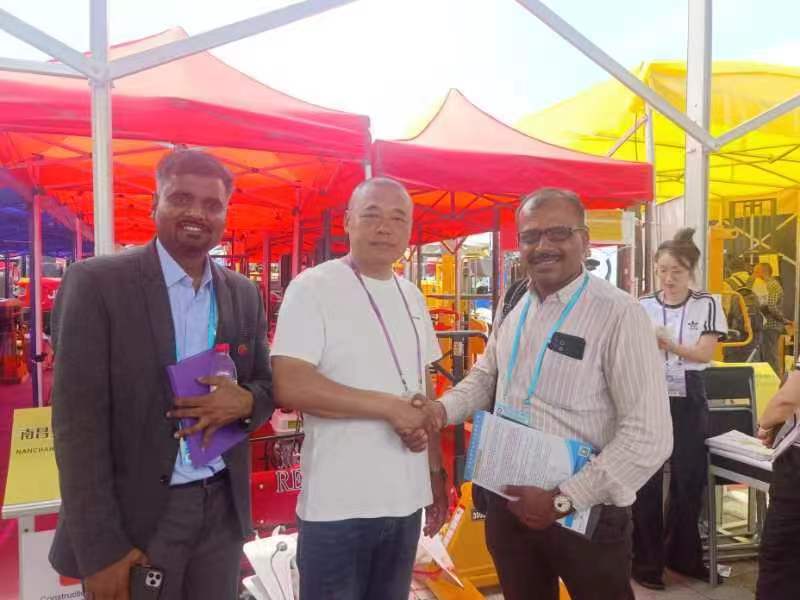
4. Brand and Model Different brands and models of fodder harvesters come with varying price tags. Established brands with a reputation for durability and performance generally command higher prices. Farmers often need to weigh the cost against potential quality and longevity of the machine.
5. Geographical Factors The region in which a farmer operates can also affect the price of fodder harvesters. In areas with high agricultural activity, competition among machinery dealers may drive prices down, while in more remote locations, limited supply could lead to higher prices.
Recent Trends in Pricing
Over the last few years, fodder harvester prices have exhibited a gradual upward trend, primarily due to enhanced features and growing demand in the livestock sector. According to market analysis, prices have seen an average increase of 5-10% annually. However, this trend has also been accompanied by fluctuations based on seasonal demand and economic conditions.
In addition, electric and hybrid models are becoming more prevalent as farmers aim to reduce their carbon footprint. Although these environmentally friendly options may have a higher initial cost, their long-term savings on fuel can make them a more attractive investment over time.
Conclusion
Investing in a fodder harvester can be a significant decision for a livestock farmer, and understanding the pricing trends is essential in making informed choices. Farmers should consider various factors such as technological features, market demand, raw material costs, and geographical influences when evaluating their options. By staying informed about current trends and potential future developments, farmers can strategically plan their investments in fodder harvesting equipment, ultimately enhancing their operational efficiency and productivity. As the agricultural landscape continues to evolve, the role of fodder harvesters will remain crucial in supporting sustainable livestock farming practices.
Latest news
-
When to Upgrade Your Old Forage HarvesterNewsJun.05,2025
-
One Forage Harvester for All Your NeedsNewsJun.05,2025
-
Mastering the Grass Reaper MachineNewsJun.05,2025
-
How Small Farms Make Full Use of Wheat ReaperNewsJun.05,2025
-
Harvesting Wheat the Easy Way: Use a Mini Tractor ReaperNewsJun.05,2025
-
Growing Demand for the Mini Tractor Reaper in AsiaNewsJun.05,2025

